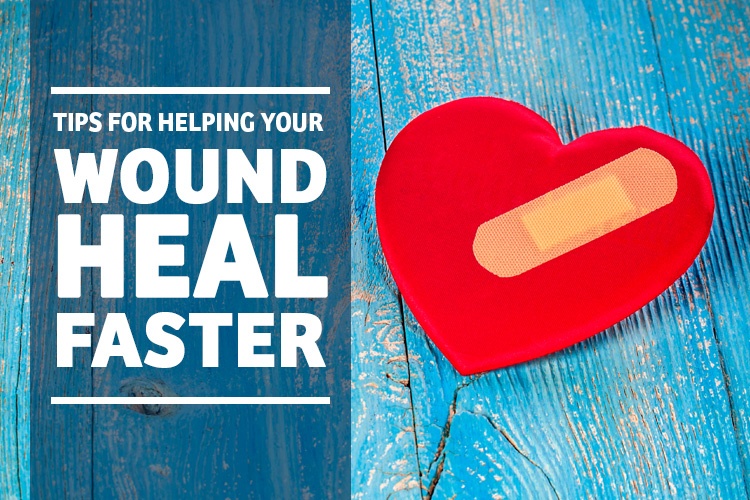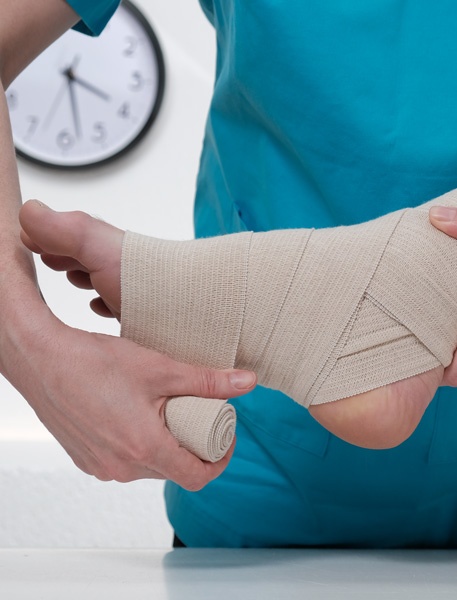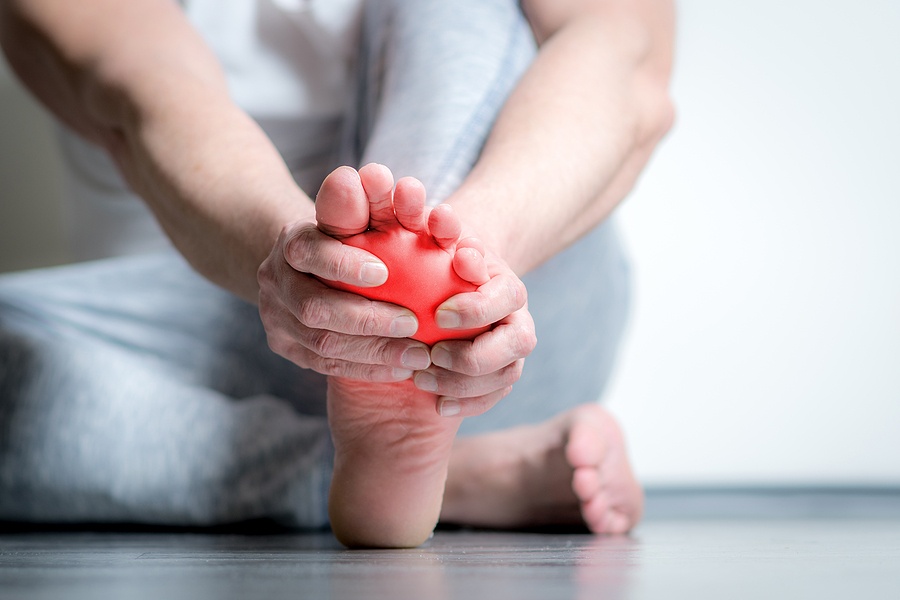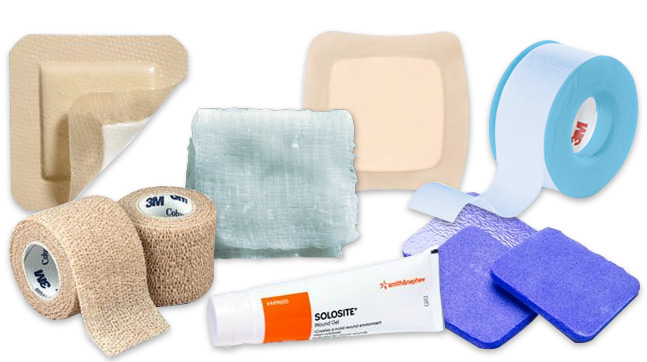Tips for Helping Your Wound Heal Faster
This post was reviewed by our Director of Clinical Excellence and Oversight.
The human body is a wondrous machine, with systems that work in harmony to keep us well and productive. One of the body’s most extraordinary abilities is its capacity to heal from illness and injury.
Shattered bones knit together. Cells damaged from illness regenerate. Broken or diseased skin becomes whole and smooth again.
However, when it comes to chronic, or lasting wounds, the body needs a little help making the healing magic happen. If you are caring for yourself, or assisting someone else with a chronic wound, you’ll soon discover that there’s a lot more to it than just changing a dressing. In fact, there’s lots going on below the surface that affects if, when, and how healing will occur.

Making Healing Magic
To learn more, we turned to Dr. Ricardo Duran, wound care and hyperbaric medicine specialist at Georgia’s Wellstar Health System, and medical director of its North Fulton Wound Care & Hyperbaric Medicine Center. Dr. Duran explained that when patients return home following a hospital procedure or visit to the emergency department, they receive a set of basic wound care instructions.
Such instructions typically include advice on activity levels, dressings and other supplies, and red flags indicating possible infection or other problems. Generally, the more superficial a wound, the less complicated the care, although some rules apply no matter how deep the wound may be.
Adds Dr. Duran, “Our body’s systems are programmed to automatically heal most superficial wounds. But advanced wounds need a more guided process.” He explains that interventions are aimed not only at preventing complications like infection, but also at creating an environment that improves the quality of the breached surface (also known as the skin).
The goal of treatment is to mimic the natural conditions in which the skin covers and protects tissues, such as proper blood flow, temperature, and moisture level. A good healing environment contributes to more successful skin generation and less scar tissue. Other factors that affect healing include the cause of the wound (mechanism of injury) and the patient’s underlying health conditions.

Our body’s systems are programmed to automatically heal most superficial wounds. But advanced wounds need a more guided process.
The War on Wounds
To describe the wound-care process, Dr. Duran uses a military analogy—a city under siege that’s covered in rubble. In the first stage of repair, the immune system works as a soldier, fighting to prevent infection. Success requires the right battlefront supplies and conditions, such as open arteries, compression, and antibiotics.
Once infection has been beaten back, it’s time to bring in reinforcements like dressings and ointments that support the immune system as it cleans the site and rids it of debris. In medical terms this is known as debridement. Following the cleaning process comes rebuilding, where the role of the immune system switches from soldier to construction worker, rebuilding structures damaged in the battle.
Next, dressings are applied. Dr. Duran says that in recent years much has been discovered about tissue regeneration. That has led to the development of specialized dressings, including some that help remove debris and even rebuild damaged tissue. He emphasizes that the goal is not only to close the wound, but to ensure that it’s closed properly. Wounds that do not heal correctly are more susceptible to recurring infection and chronic pain.
Don’t Let Your Guard Down
Individuals and caregivers play a key role in managing wounds at home. For example, one of the most important directives is to avoid the shower if there are exposed subcutaneous (under-the-skin) tissues, especially if the home relies on well water. Dr. Duran also advises patients to find out if they qualify for an in-home aide to assist with their wound care.
Next, dressings are applied. Dr. Duran says that in recent years much has been discovered about tissue regeneration. That has led to the development of specialized dressings, including some that help remove debris and even rebuild damaged tissue. He emphasizes that the goal is not only to close the wound, but to ensure that it’s closed properly. Wounds that do not heal correctly are more susceptible to recurring infection and chronic pain.
In addition to following instructions and using recommended products, it’s essential to watch for signs that wounds aren’t healing as they should. These include:
- Increased pain at the site
- A change in color
- Redness, swelling, or excessive drainage
- Fever, chills, nausea, or vomiting
If any of these are present, call your doctor or make an appointment at a local wound care center.

In Dr. Duran’s experience, some patients may not understand the seriousness of a poorly healing wound and fail to speak up. He says, “If I told someone they have lung cancer, they would probably be quite concerned. But that’s often not the reaction of a diabetic who has a foot ulcer that is not healing.”
It should be, however, because the risk of complications, including amputation and death, is significant in the case of diabetic ulcers.
Those living with diabetes often experience nerve damage (neuropathy), which reduces their ability to feel pain, or temperature changes, especially in the feet. That’s why it’s so important to check the feet daily for cuts, redness, swelling, or sores.
Another risk not well understood is that inflammation from a chronic wound can travel elsewhere in the body and contribute to a heart attack, stroke, or gangrene.
Wounds that do not heal properly are more susceptible to recurring infection and chronic pain.
Let’s battle chronic wounds together. Call us at 866-938-3906 or enter your phone number below and we’ll reach out. Enrolling is quick and easy!

Disclaimer:
Unless otherwise noted, the recommendations in this document were obtained from the sources indicated. Be advised that information contained herein is intended to serve as a useful reference for informational purposes only. HCD cannot be held responsible for the continued accuracy of or for any errors or omissions in the information. All trademarks and registered trademarks are the property of their respective owners.
Get Insurance-Covered Wound Supplies
Accurate Orders | We Handle the Paperwork

